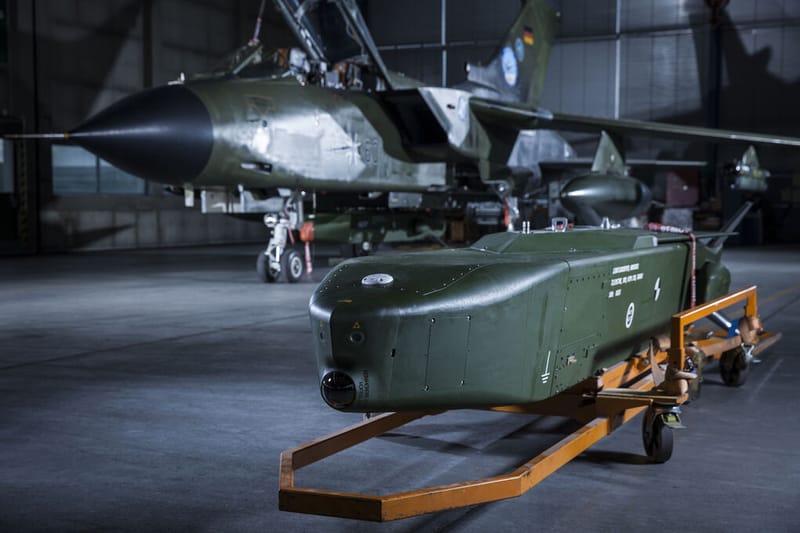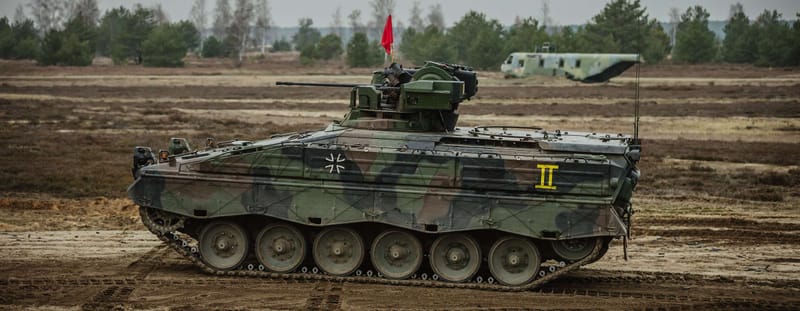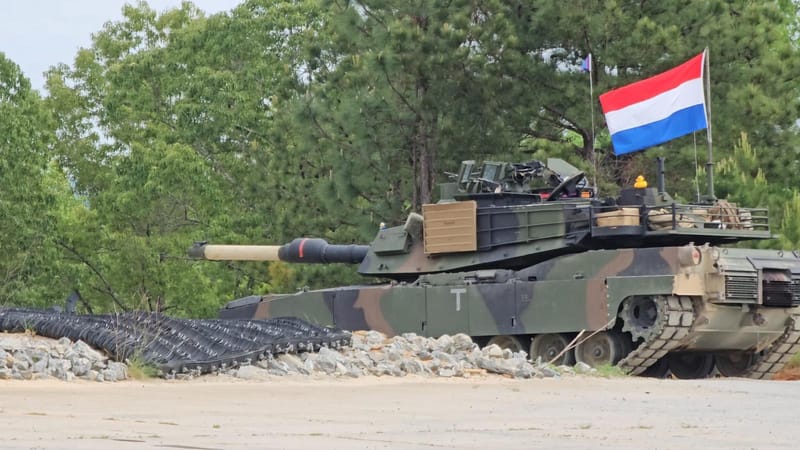Bundeswehr & MBDA: Soviet-Era Air Defense Simulators for NATO’s POLYGONE
Germany’s Bundeswehr and MBDA Deutschland continue supporting the NATO-France-U.S. POLYGONE program with legacy Soviet systems like the SA-6 and SA-8 for air defense simulation at Hermeskeil.
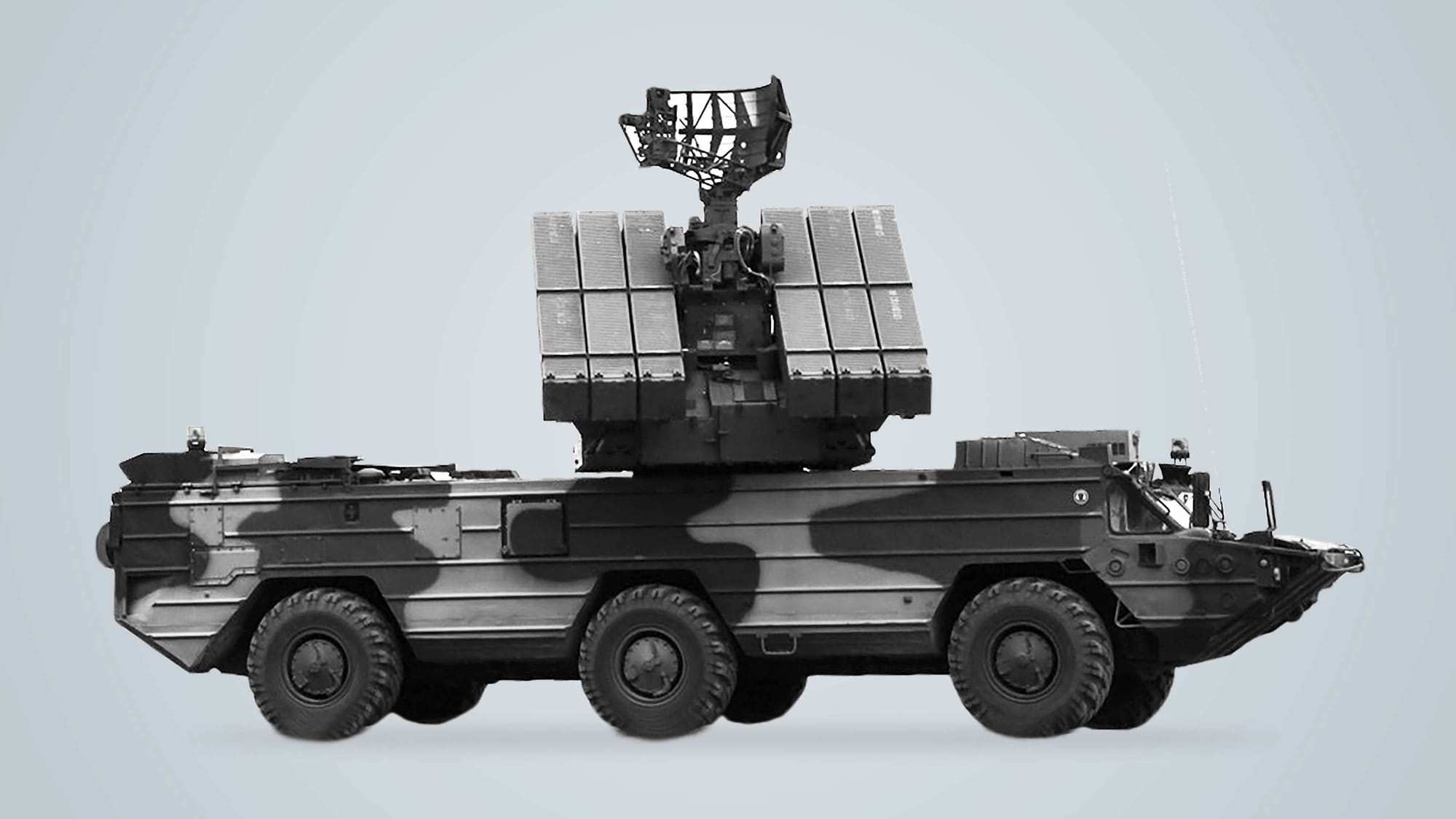

Trilateral POLYGONE Air Defense Training: Mobile Threat Simulation by MBDA & Bundeswehr
Berlin, April 2025 – As European defense priorities increasingly emphasize interoperability and readiness against near-peer threats, Germany continues to invest in maintaining legacy systems (still widely used by adversarial and non-aligned militaries) to support joint air defense training. One example is the Bundeswehr’s contribution to the POLYGONE program—a long-standing trilateral initiative with France and the United States within NATO’s joint air defense collaboration framework. The training initiative simulates hostile air defense environments for NATO aircrews operating in European airspace.
At the heart of Germany’s role in POLYGONE is its deployment of Mobile Threat Simulators (MoBS) based on historical Soviet-era systems, including the Roland, SA-6 (2K12 Kub), and SA-8 (9K33 Osa). These radar-guided missile systems are no longer in operational service but serve a critical function in emulating adversary threats during aircrew training. This legacy equipment, originally absorbed into German service following the reunification of East and West Germany, remains essential for generating realistic threat profiles.
MBDA Deutschland, a key defense industry actor, oversees the continued maintenance and operational readiness of these simulators at the Bundeswehr’s Hermeskeil training site in Rhineland-Palatinate. Regular servicing ensures the platforms remain effective tools for simulating contemporary air defense systems in joint exercises.
During a recent inspection of the Hermeskeil site, Dr. Eva Högl, Parliamentary Commissioner for the Armed Forces, emphasized the importance of this cooperative maintenance approach. According to Högl, ensuring proper infrastructure, technical staff, and reliable logistics chains for systems—regardless of their age—is vital for Germany’s training readiness.
“Effective simulation capabilities are not only about hardware but about maintaining long-term partnerships across defense and industry,” Högl noted during her visit.
NATO Trilateral Training: POLYGONE’s Role in Allied Interoperability
Initiated during the Cold War, the POLYGONE program remains one of Europe’s few enduring trinational aircrew training zones. The program supports SEAD (Suppression of Enemy Air Defenses) and DEAD (Destruction of Enemy Air Defenses) mission training, emphasizing the doctrinal and technical interoperability of NATO allies in the air domain.
The involvement of MBDA, which also supports various NATO missile programs, reflects the increasing tendency to engage industry partners for both sustainment and capability development roles. This extends beyond new procurement and into lifecycle sustainment, especially of systems with valuable training utility.
Similar background dynamics can be seen in the ongoing integration of AI-enhanced training and simulation platforms, such as in Rheinmetall’s Legatus MCTC program for NATO:
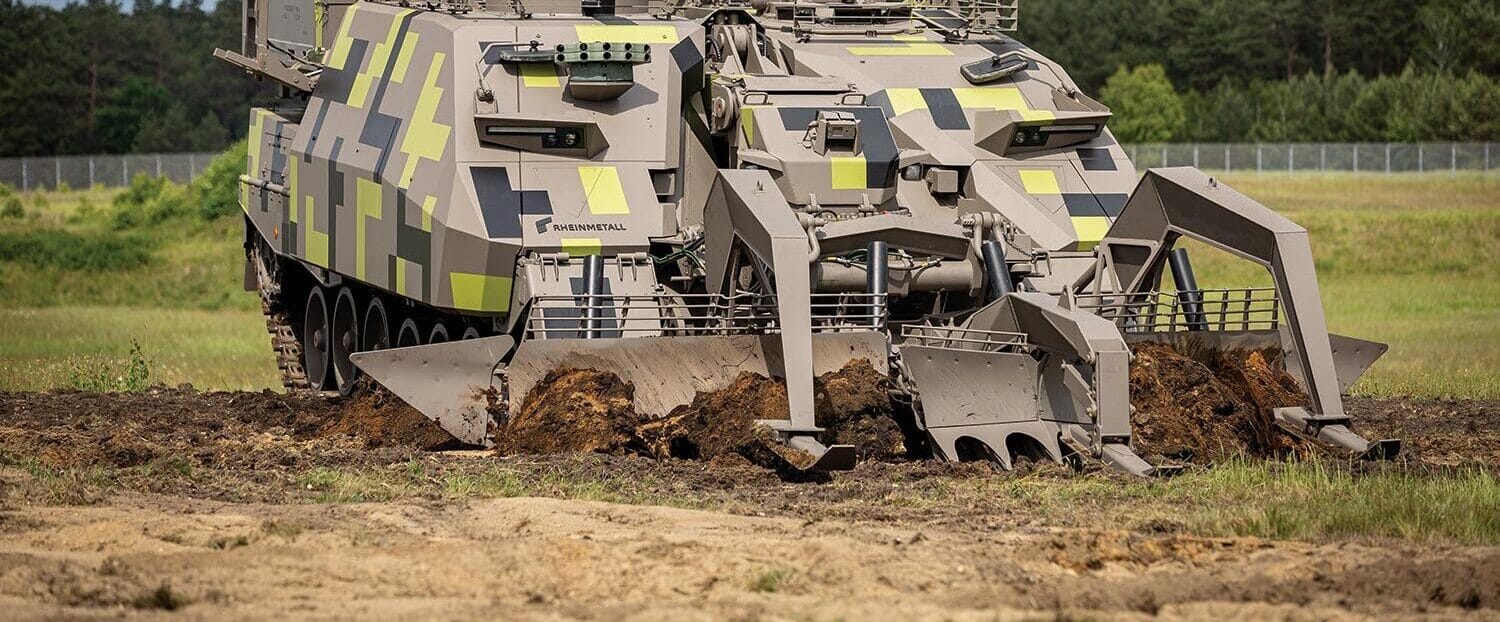
Strategic Implications
Though the use of legacy Soviet systems may seem anachronistic, their retention for training purposes reflects current military logic: train with what the adversary might deploy or emulate. Many of these systems, or their variants, remain in active service among non-NATO states, including potential adversaries.
More broadly, the POLYGONE site plays into Germany’s shifting defense role post-2022. Berlin’s recent €100 billion defense reform package has largely focused on modernization and procurement. However, training infrastructure—especially for multinational cooperation—remains a quieter, yet vital component of readiness.
Related Developments:
This aligns with broader themes explored in our coverage of Germany’s evolving military doctrine and Germany’s Panzerbrigade 21 Adopting a New Doctrine,

It also parallels efforts to improve interoperability, as seen in the NATO ACCS 2024 milestone upgrade, which emphasizes shared air defense protocols and coordinated C2 capabilities: NATO’s Air Command and Control System (ACCS): 2024 Milestones and Upgrades
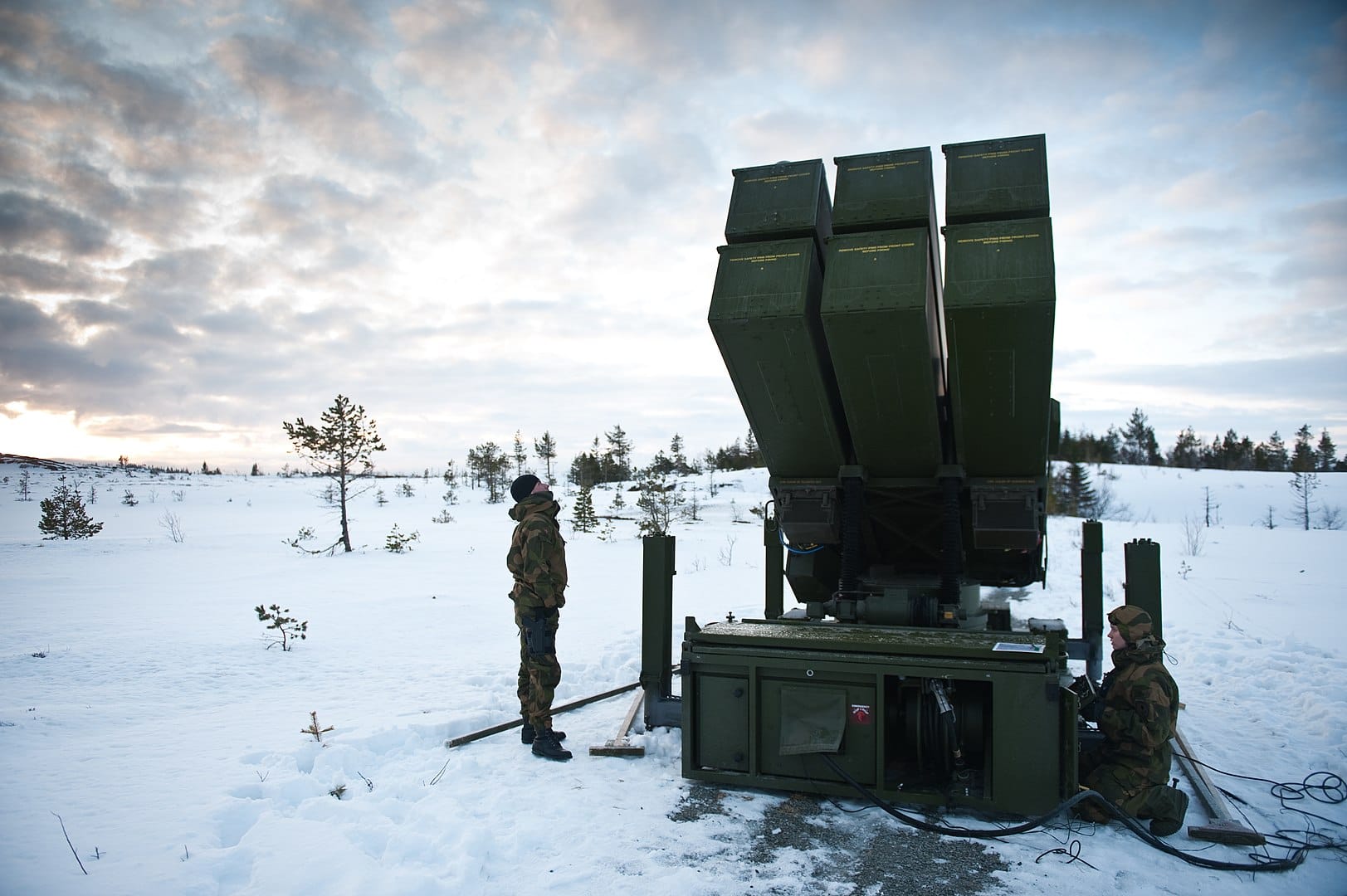
Conclusion
The Bundeswehr’s continued reliance on mobile simulators like the SA-6 and SA-8, supported by MBDA, underscores how training, not just technology, shapes the readiness of allied forces. POLYGONE remains a relevant platform for operational cooperation across NATO allies. With a defense landscape increasingly shaped by digital systems, the maintenance of legacy platforms for training may become a bridge between conventional military expertise and digitally-enhanced doctrinal evolution.
POLYGONE exemplifies how NATO’s evolving training doctrine blends Cold War-era realism with 21st-century interoperability and industry integration.




